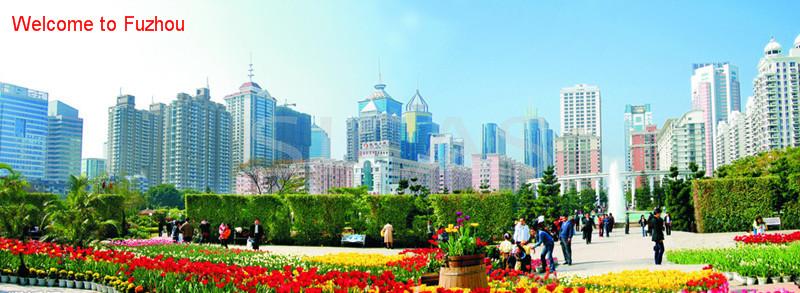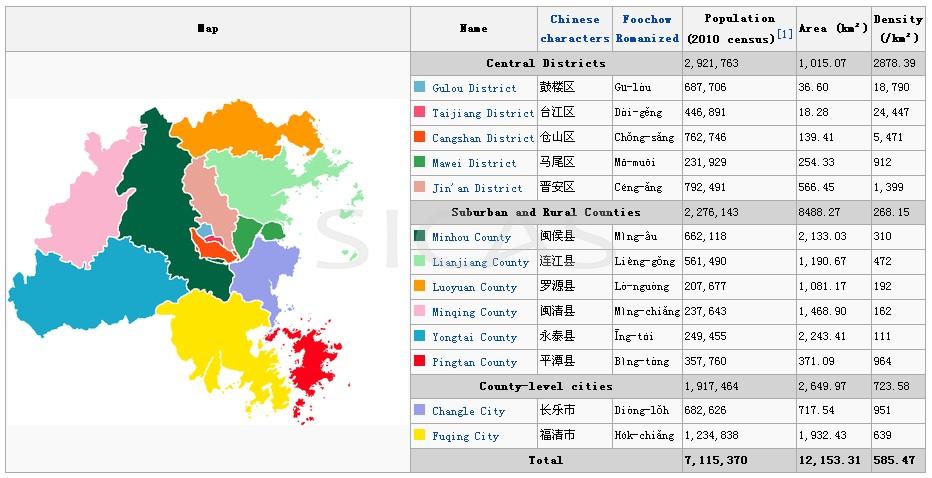 Study in Fuzhou |
Location
Fuzhou is located in the northeast coast of Fujian province, in the opposite of North Taiwan, connects jointly northwards with Ningde and Nanping, southwards with Quanzhou and Putian, westwards with Sanming respectively. Fuzhou serves as the economy, politics, culture and transport center of the province. It is so named after a mountain situated in the north called Mt. Fu. Additionally, many banyans were planted in the Song Dynasty (960-1279), and now provide shade for the entire city giving it another name - Rong Cheng (Banyan City). Besides, the city is renowned for both quality and quantity of hot springs throughout China.
Climate
Fuzhou has a humid subtropical climate influenced by the East Asian Monsoon; the summers are long, very hot and humid, the winters are short, mild and dry. In most years torrential rain occurs during the monsoon in the second half of May. Fuzhou is also liable to typhoons in late summer and early autumn. The monthly 24-hour average temperature ranges from 10.9 °C (51.6 °F) in January to 28.9 °C (84.0 °F) in July, while the annual mean is 19.84 °C (67.7 °F). Extreme temperatures have ranged from ?1.7 °C (29 °F) to 41.7 °C (107 °F) Administrative divisions
The city of Fuzhou has direct jurisdiction over 5 districts (区 qu), 2 county-level cities (市 shi), and 6 counties (县 xian) :
Expanded Culture
|









